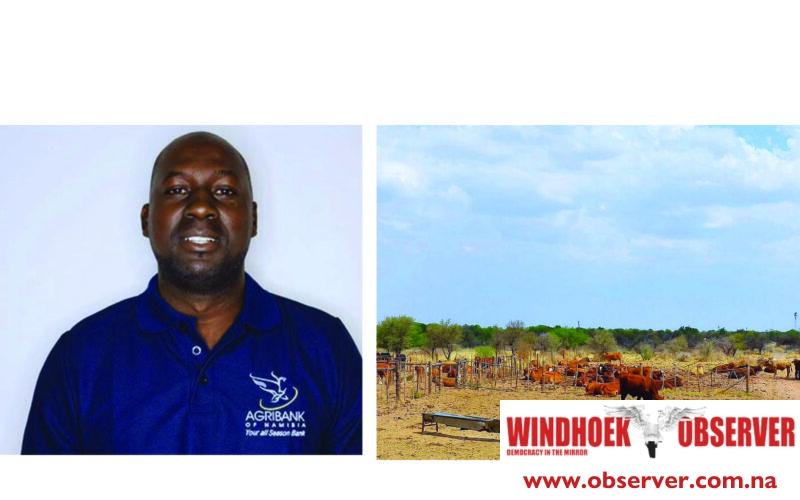Erastus Ngaruka
As Namibian farmers eagerly anticipate a favourable rainy season, signs of climate change persist. Although the previous rainy season may have ended with a sigh of relief for farmers, every rainy season has become spatially and temporally unique in terms of its initiation, intensity, distribution, and duration. This means farmers need to continuously prepare for every rainy season, as each season may present different challenges and climate change-related risks.
As Namibian farmers eagerly anticipate a favourable rainy season, signs of climate change persist. Although the previous rainy season may have ended with a sigh of relief for farmers, every rainy season has become spatially and temporally unique in terms of its initiation, intensity, distribution, and duration. This means farmers need to continuously prepare for every rainy season, as each season may present different challenges and climate change-related risks. These include floods, lightning, heavy winds, cold, drought, disease, and pest outbreaks, among others.
The previous rainy season provided much-needed relief for many livestock farmers in the country as the grazing capacity improved, although not optimally in terms of value. All the while, the density of unwanted plant species has increased as well. Much of the forage yield from the previous season was underutilised due to poor grazing value, and a significant number of grazing animals, especially cattle, were drastically reduced during the drought years. This has left significant quantities of grass as fuel load, which can intensify the impact of veld fires that destroy large tracts of grazable land.
Moreover, as much as farmers always wish for a good rainy season to improve their grazing conditions, they must also be cautious of and prepare for the veld fire events at the end of the season. To this end, it is very important that the rangelands are prepared to benefit from rainfall while ensuring that sufficient forage materials are preserved, protected, and available until the next season. At this point, farmers need to adopt sustainable and restorative rangeland utilisation practices such as reseeding with valuable perennial grasses, bush thinning, and soil rehydration and stabilisation to control erosion and excessive run-off and evaporation. Moreover, farmers need to adopt the application of sustainable grazing practices to preserve valuable grazing materials.
With the positive hope of good showers, farmers need to prepare and protect farm infrastructure and livestock from possible floods, especially in risky areas such as the northern parts of the country. Moreover, farmers need to adopt techniques of harvesting rainwater and storage for later use in gardens and other household needs. On the other hand, moist environmental conditions also predispose the prevalence of insects such as mosquitoes, ticks, and biting flies.
These insects can transmit common diseases such as lumpy skin disease and tick-borne diseases such as sweating sickness and anaplasmosis (gall sickness), among others. To this end, farmers need to vaccinate their animals, especially against lumpy skin disease, by November, as it can also disturb cattle marketing when there is an outbreak.
*Erastus Ngaruka is a technical advisor for livestock & rangeland management at Agribank.
Pull out quote
“Farmers need to continuously prepare for every rainy season, as each season may present different challenges and climate change-related risks.”





